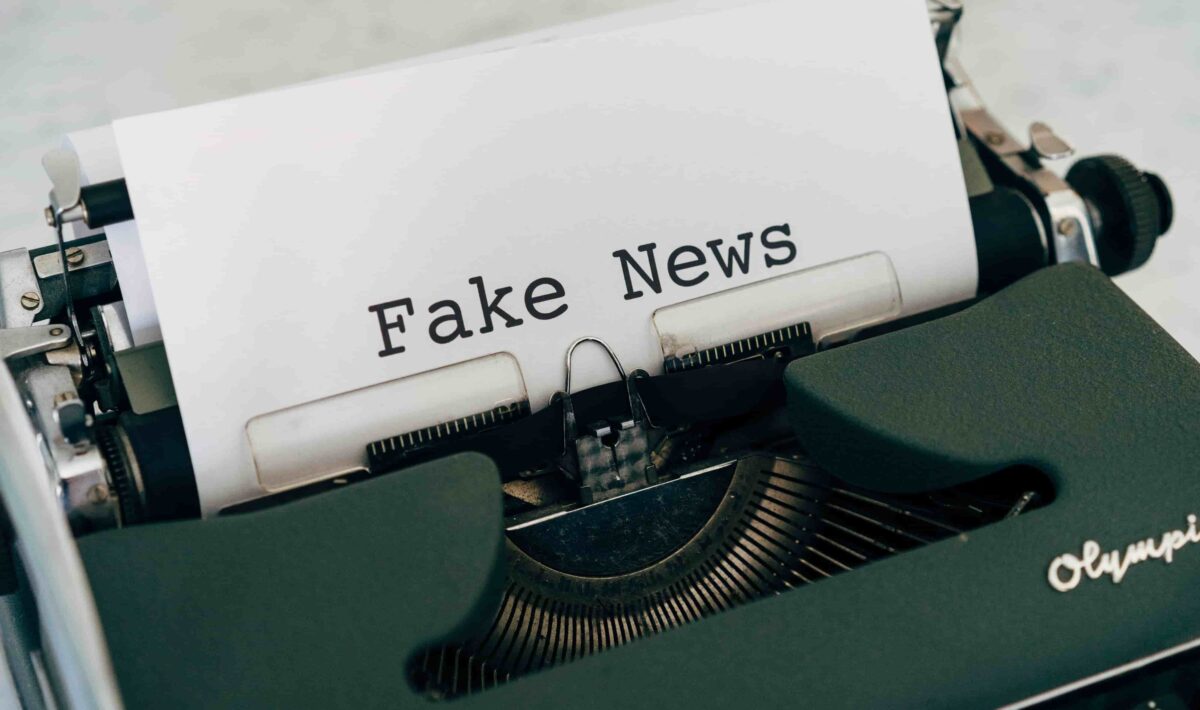The article makes an attempt to theoretically comprehend phenomenon of creation and distribution of “fake news” in contemporary media space. The content of the concept of “fake news” in the broad sense of the word is disclosed. The concept of “fake news” defined as “a message, stylistically created as real news, but false in whole or in part. The author’s classification of “fake news”, which is based on such classification criteria as the ratio of reliable and unreliable information; reliability of the circumstances of the time and place of the event; the composition of the persons mentioned in the “news”; the purpose of creating and distributing the “news”; the level of perception of the reliability of the “news”. The types of “fake news” are illustrated with specific examples from the Russian and foreign media and Internet resources. Information is provided on measures taken to neutralize the impact of “fake news. The main provisions of the Law “On News Aggregators” aimed at preventing the appearance and distribution of inaccurate information in the news are outlined. “Fake news” has become a media phenomenon that is increasingly mentioned by the leaders of world powers, and which is probably faced by almost every inhabitant of our planet. On January 11, 2017, U.S. President Donald Trump wrote on his Twitter microblog the famous phrase: “Fake News – THE TOTAL POLITICAL Witch Hunt! The American president called Buzzfeed, which published a 35-page report on alleged dirt on Trump by Russian intelligence agencies, an “information dump,” and refused to dialogue with CNN correspondent Jim Acosta: “I won’t give you the opportunity to ask a question. You are engaging in informational fakery.” CNN later parted ways with employees directly or indirectly involved in the controversial material on the channel.
The overabundance of fake news was a striking characteristic of the most recent U.S. If we consider “news journalism” as a kind of journalistic genre. it is now also safe to declare the existence of “fake news journalism. The abundance of fake news reports masquerading as news has reached a critical point in recent years, and this phenomenon deserves serious scholarly analysis.
The notion of “fake news” includes a variety of media phenomena: from fake texts and photo, video or audio recordings to artificially created popularity of a person, work or project (usually with the help of Internet bots and/or fake accounts that give “likes” and post approving comments).
“… none of us have tried to define what fake news is, how it differs from false information or desinformation. There are no clear criteria for the definition and methodology of this concept,” – said the representative of the Department of Information and Press of the Foreign Ministry. said Maxim Buyakevich, spokesman for the Russian Foreign Ministry’s information and press department Russia’s Maxim Buyakevich, speaking at an OSCE conference on “Media Freedom in Times of Instability. Nevertheless, if we proceed from the premise that news is a breaking news report about events that have recently occurred or are currently occurring that is of political, economic or public interest to the audience in its freshness, then “fake news” is a report that is stylistically created as real news, but false in whole or in part. Analysis of a significant body of “fake news” allows us to identify the following varieties:
I. Depending on the ratio of reliable and unreliable information:
- “News” is a lie from beginning to end,
For example: “The government of Iceland has decided to pay 5,000 euros to each immigrant who takes a local girl as his wife.” Often such “fake news” reports about “deaths” of celebrities, so the journalist Tommaso de Benedetti, known in Europe as the creator of many fake news and prank of provocative nature, took responsibility for “news about the death” of Nobel laureate Svetlana Alexievich (earlier he also reported about “deaths” of Mikhail Gorbachev and Bashar Assad) News” contains lies against the background of generally reliable information, presented selectively. - The “news” is based on a real event, some parts of which are distorted. These can be, for example, audio and video recordings, altered in the way needed by the falsifiers, edited photos; quotes taken out of context or presented in a certain equence, etc.

